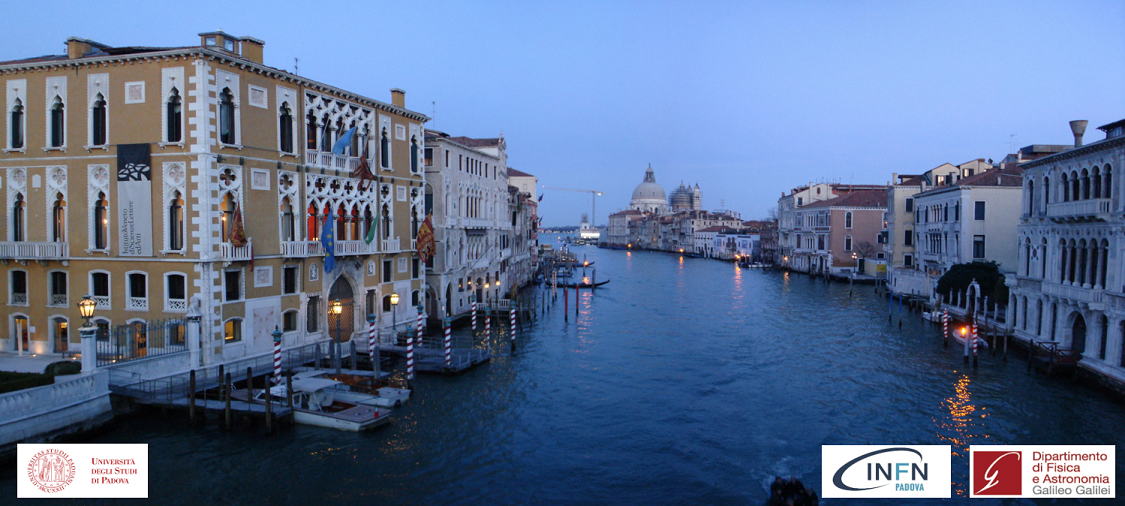Speaker
Description
Neutrinos are the most elusive particles in the Standard Model, and many of their properties have not yet been fully understood. Among them, neutrino electromagnetic properties such as neutrino charge radius, magnetic moment and milli-charge have become objects of extensive research. Consequently, there is a pressing need for experiments capable of precisely probing them at a high precision level.
In this presentation, I will discuss the status of the constraints on the aforementioned properties coming from experiments designed to measure coherent elastic neutrino nucleus scattering (CEvNS) and xenon-based dark matter detectors, which are sensitive to the elastic scattering of solar neutrinos off atomic electrons. I will present the latest constraints obtained by the combined analysis of the COHERENT data on CsI and LAr detectors with the recent results from the CEvNS observation at the Dresden-II power plant site with a germanium detector [1]. Then, I will discuss the results coming from the LUX-ZEPLIN dark matter detector [2], focusing on the non-negligible impact of adopting different theoretical descriptions for the neutrino interaction with atomic electrons.
Finally, I will show that the recent LUX-ZEPLIN data allows us to set a very competitive limit on the neutrino magnetic moment when compared to the other laboratory bounds, namely μeff<1.1×10−11 μB at 90% C.L., which improves by almost a factor of three the Borexino Collaboration limit and represents the second best world limit after the recent XENONnT result. Moreover, exploiting the so-called equivalent photon approximation, we obtain the most stringent limit on the neutrino millicharge, namely |qeff|<1.5×10−13 e0 at 90% C.L., which represents a great improvement with respect to the previous laboratory bounds.
[1] M. Corona et al. JHEP 09 (2022) 164, Arxiv: 2205.09484
[2] M. Corona et al. Phys. Rev. D 107 (2023) 5, 053001, Arxiv: 2207.05036

